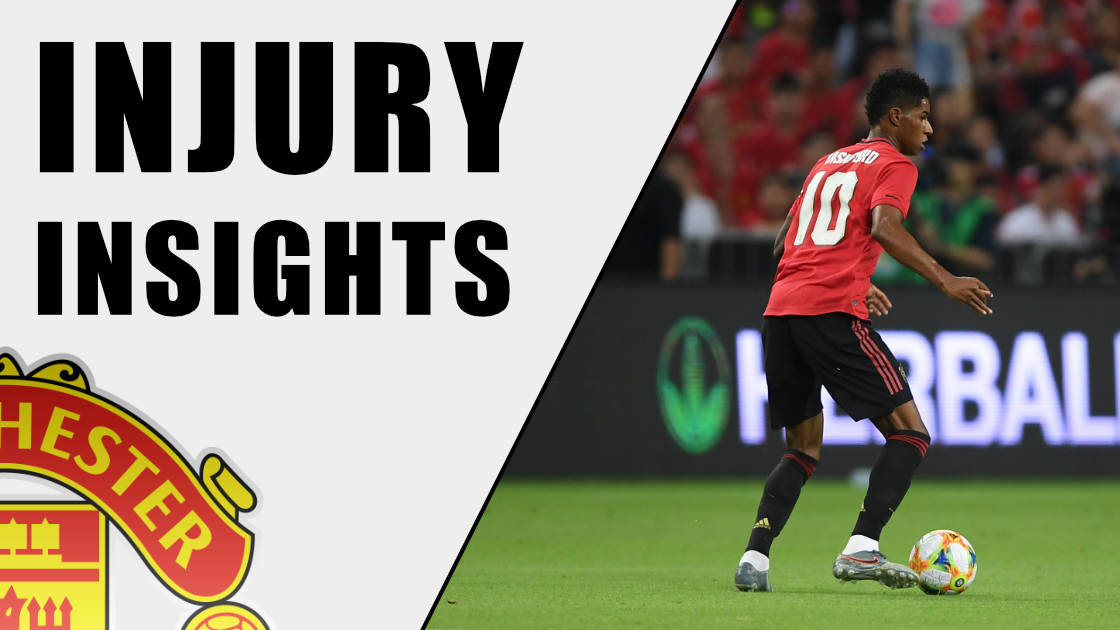

A new Era for the Type of Injuries Seen in the Premier League
Not so long ago the expectation on professional footballers was to be able to “play week in week out” now it’s every three days. The rising intensity of the physical demands of the sport and the frequency of games are toxic ingredients when combined. The outcome of this venom could signal the onset of a new era for the type of injury seen in the Premier League. A Pars stress fracture (spondylolysis) is an injury to the vertebrae in the spine. It is thought to be an overuse injury in which the lumbar spine is exposed to repetitive stresses which over time exceed its physiological limits and cause the bones of the spine to fracture, and, in extreme cases can cause a segment of the spine to slip from its position and significantly increase the chance of suffering from degenerative back conditions, disc herniations, and nerve impingement.
A Strange Occurrence
This type of injury is traditionally seen in youth athletes in and around their pubertal years when they undergo rapid increases in height when their bones have not fully developed to tolerate the demands of playing so much football at such a volatile age for growth and development. However, Rashford is far from pubertal. At 22 years of age, he is a young man, commanding a first-team position at Manchester United. He has started every game this season and is undeniably integral to United’s success. So how could this happen to him?
Practice makes perfect, but it can also fracture
I won’t bore you with the details of how a Pars Stress Fractures occur in general; you can google it. But I will speculate on how it might have reared its venomous head for Marcus Rashford. It is well documented in the media and by Rashford himself that he has had a longstanding history of low back pain, dating right back to his early teen years. Rashford is an explosive athlete, who week after week, month after month and year upon year, since the age of 13, has been making the same repetitive runs into the box to hone his craft of scoring goals for one of the greatest teams on the planet: Manchester United. Practice makes perfect they say, but it can also lead to a stress fracture of the lumbar spine. The repetitive action of turning, sprinting, kicking, jumping and landing hundreds of thousands of times during training and playing can cause a stress reaction in one of the vertebrae of the spine, usually the lowest lumbar segment, commonly known as L5.
The stealth-like qualities of a Pars Stress Fracture
This stress reaction has James Bond-like qualities; it can develop for months on end without being detected. It is stealth in its infancy. As Rashford continued to pursue his dream of playing for United and rise from prospect to hero, so too did his stress reaction; it fractured. And just like Rashford learned how to make clever raiding runs into the opponent’s box to fracture their defence by attacking areas where they were most vulnerable, so too did the stress reaction: it learned where best it could become a fracture. It learned to strike the part of the spinal segment where it is most vulnerable: the pars interarticularis (pars for short), a known weak spot.
Where now for Rashford?
Now that the spy-like stress fracture has been detected and diagnosed, the return to play stopwatch has already begun. Twelve weeks is a general rule of thumb to allow pain to subside, the bone to heal, physical activity to be resumed and progressed to a standard where he can start banging them in for club and country again. The rehab journey is by no means a simple walk in the park, setbacks can be potentially pretty serious and, in some instances, may require surgery. Along his rehab travels, Rashford is likely to undertake work on the Wattbike, engage in hydrotherapy and aim to restore function on an anti-gravity treadmill to ensure he returns to play as quickly and as safely as possible. Core strength, endurance and control play a significant role in the recovery process, and his rehab progress will be based on his ability to carry out tasks in a pain-free manner. If he reports pain on a particular task, let’s say jogging for example, then the rehab journey will not progress to running until he is able to jog pain-free.
Who’s to blame?
I’ve read all the speculation in relation to the performance of the Manchester United Sports Medicine Team on social media; however, he is in fact in the very best of hands. From the outside looking in, it is very easy to criticise and let’s face it everyone has a PHD in “hindsight”. Not knowing all the facts pertaining to this specific case, I do not doubt that the medical team at United always acted in the best interests of the player. Injuries happen and if one were to lay blame anywhere, then the rising nature of fixture overload would be a reasonable place to start.
I hope you enjoyed this short piece. I will write a more in-depth review on the rehab process for this type of injury over the coming few weeks.
Johnny Wilson



